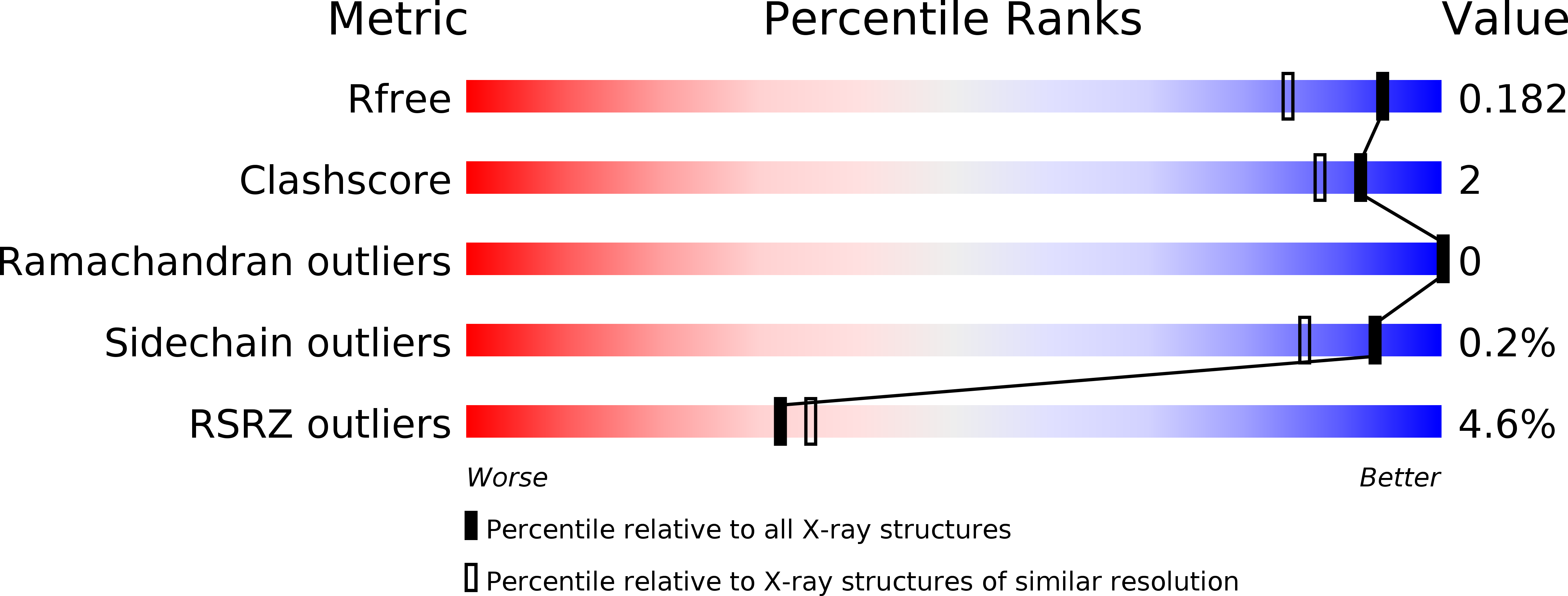
Deposition Date
2015-12-21
Release Date
2016-11-09
Last Version Date
2023-09-27
Entry Detail
PDB ID:
5FH2
Keywords:
Title:
The structure of rat cytosolic PEPCK variant E89Q in complex with GTP
Biological Source:
Source Organism:
Rattus norvegicus (Taxon ID: 10116)
Host Organism:
Method Details:
Experimental Method:
Resolution:
1.49 Å
R-Value Free:
0.17
R-Value Work:
0.14
R-Value Observed:
0.14
Space Group:
P 1 21 1


